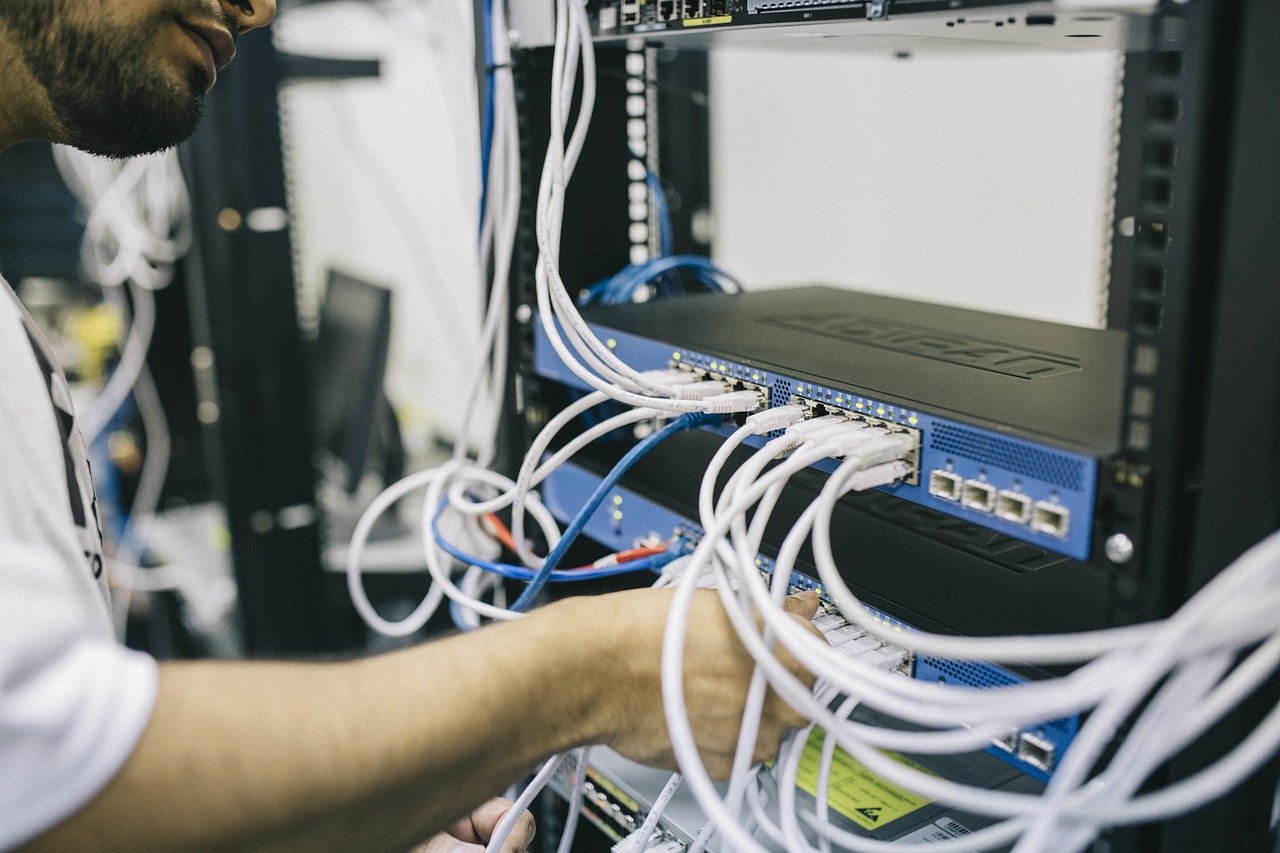National Strategy for Connectivity
The federal government continues to expand its Universal Broadband Fund, aiming to bring high-speed internet (at least 50/10 Mbps) to 98% of Canadians by 2026. Billions have been allocated toward fiber-optic expansion and low-Earth orbit satellite partnerships to reach isolated regions.
Rural and Northern Gaps
Many remote communities, especially in Northern Canada and Indigenous territories, still rely on outdated infrastructure—or lack service altogether. Weather, geography, and logistical barriers make upgrades more expensive, often discouraging private telecoms from investing without government subsidies.
Affordability Is Still a Barrier
Even in urban centers with fast internet speeds, affordability is a growing concern. Monthly costs in Canada are among the highest in the developed world. New regulatory efforts aim to increase transparency and competition, but critics argue more aggressive policy changes are needed.
Unlock Deeper Insights with Cixajair Weekly
From policy shifts to breakthrough innovations — stay ahead with curated Canadian news and original reporting.
Join UsPrivate Sector Partnerships
Major players like Bell, Rogers, and Telus are partnering with municipalities and the federal government to deploy next-gen infrastructure. These include 5G backbones, expanded fiber networks, and localized community hubs. However, critics warn about consolidation and lack of choice in some markets.
The Role of Satellite Internet
Companies like SpaceX (via Starlink) and Canadian startups are stepping up to offer satellite solutions. While speeds and latency have improved, costs remain high and service consistency varies. Still, they represent a viable path forward for hard-to-reach regions.
Cybersecurity and Modernization
As infrastructure upgrades move forward, so too does the need for modern cybersecurity frameworks. The increase in smart city tech, remote work, and digital health services all demand networks that are not only fast but secure.
Looking Ahead
Canada’s internet infrastructure is improving—but not evenly. Bridging the gap between cities and rural areas will take continued investment, collaboration, and innovation. For now, the roadmap is clear—but the execution remains a national challenge.
